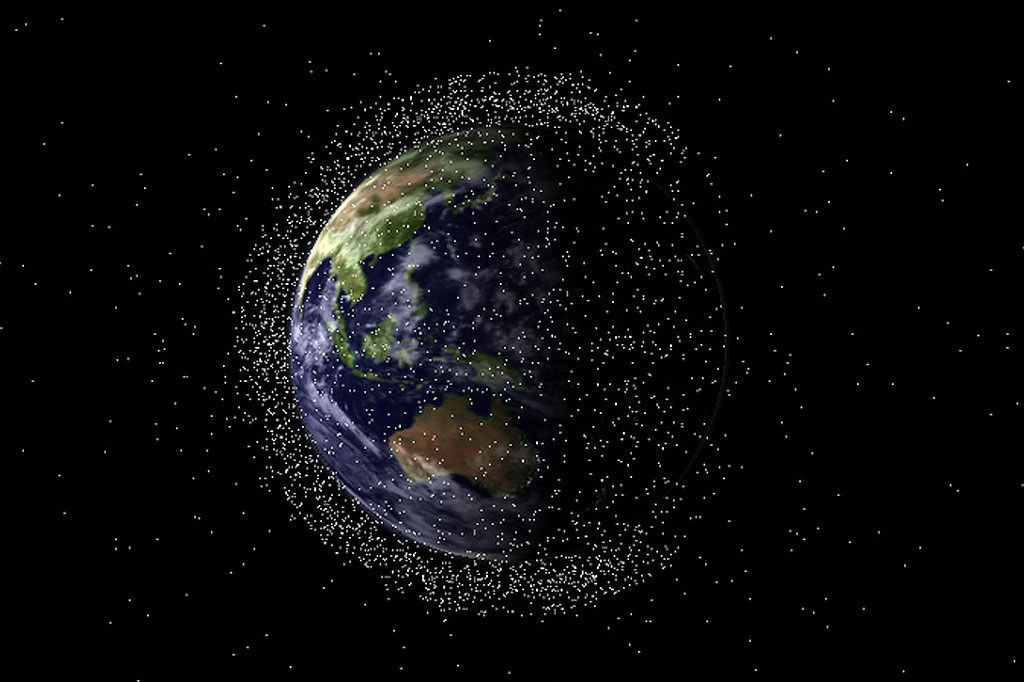


A 7.3m (23.95 foot) antenna in rural Tasmania, dubbed the southernmost of its kind, will boost the tracking of satellites and help keep them safe from space debris.
The $2 million communications antenna was on Tuesday unveiled at the University of Tasmania’s Greenhill Observatory, about 70 km north of Hobart.
Prof. Simon Ellingsen, the dean of the university’s school of natural sciences, said the technology would provide space-to-earth communications for low-earth-orbit satellites.
“(This is) a great new capability in terms of being able to communicate and track satellites and other objects in space,” he said.
“(As well as) in terms of space domain awareness, which is where we find out what’s in space, track it and help keep active satellites safe from space debris and other bits of space junk.”
Ellingsen said the antenna, developed in partnership with the Australian Space Agency, was the southernmost of its kind in the world.
“In the past, we have only been able to listen to transmissions from spacecraft,” he said.
“But now we are able to transmit messages through radio frequency communications to spacecraft, sending commands as well as receiving data.”
Ellingsen said satellites were being launched into space at an increasing rate.
“To launch safely and to keep the assets safe once they are in orbit, we need to know where the stuff already up there is,” he said.
“We are working on innovative techniques and technologies to tackle the challenges this brings. Our new antenna plays an important role in this work.
“For the first time, we will be able to develop a fully sovereign bi-static radar capability—a more sensitive and accurate form of locating satellites and space debris – transmitting from the new antenna and receiving reflected signals at other sites across our array.”
Head of the Australian Space Agency, Enrico Palermo, said the upgraded facilities would advance Australia’s expertise and open doors to new research and commercial partnerships.
